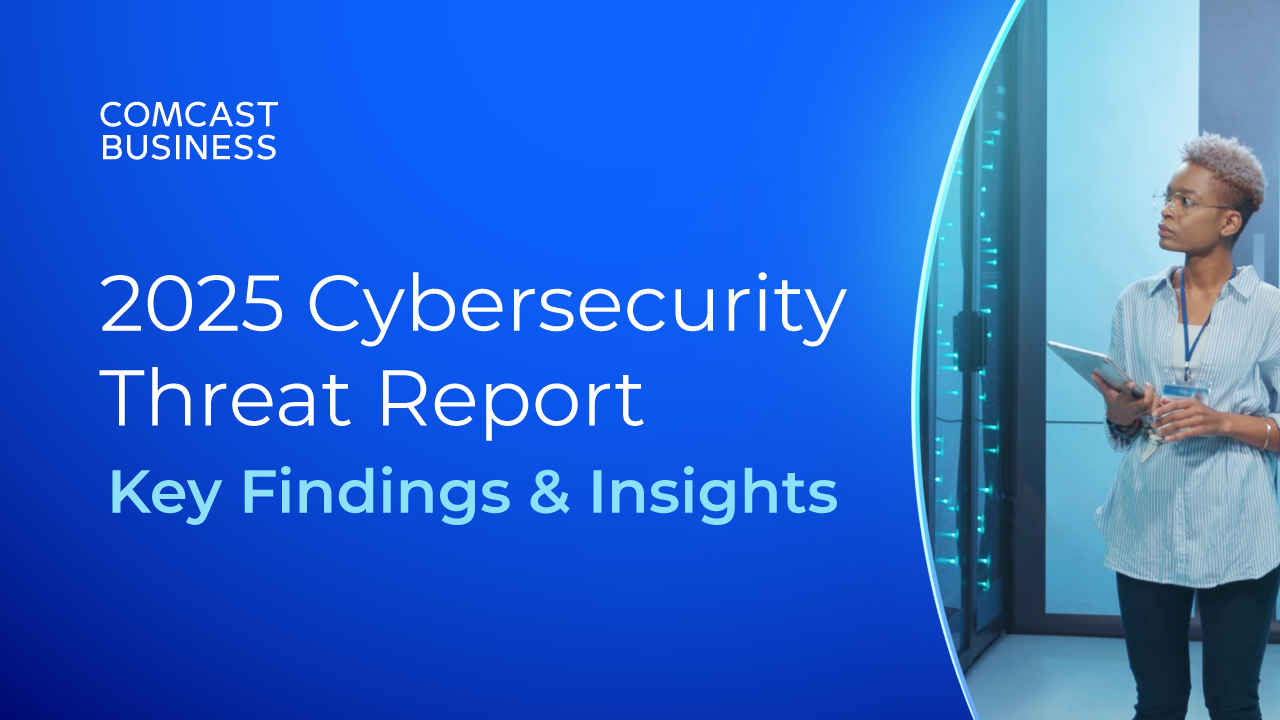Mission-Critical Connectivity and Security for Federal Agencies

For federal agencies, connectivity is more than a matter of productivity—it's central to mission success. Whether supporting national security, delivering citizen services, or enabling real-time decision-making, high-speed networks are essential for accessing critical data and applications.
Meanwhile, adversaries are using AI to automate attacks, get around traditional defenses, and take advantage of security gaps where systems are poorly integrated. Perimeter-based security models may be insufficient—not only because the perimeter is less defined in distributed environments, but also because attackers are increasingly able to breach it.
To address these challenges, agencies must modernize their infrastructure while integrating security and connectivity into a unified operational framework. This approach supports greater resilience, scalability, and adaptability in the face of rapidly evolving cyber threats.
Connectivity is Crucial for Distributed, High-Stakes Operations
Reliable connectivity is the backbone of every digital service federal agencies provide. From processing benefits and running public health systems to supporting emergency response and defense operations, all of it is dependent on access to applications and data. Without fast, reliable Internet connectivity, even the most advanced tools can't function as intended—and citizens may feel the impact directly through service delays or disruptions.
Connectivity challenges like network congestion, outages, or outdated infrastructure can slow down collaboration between agencies, affect workflows, and hinder real-time decision-making in the field. That's why investing in reliable, high-performance connectivity is essential to helping federal agencies deliver on their missions.
When network connections are slow, the effects could ripple into security. Security tools can't respond in real time, identity verification breaks down, and threat visibility diminishes. This is why resilient networks are essential for high-stakes federal operations.
Agencies need to build security into every part of the network while moving away from isolated legacy systems that make consistent security applications difficult. Hybrid and multi-cloud solutions give agencies more control over where and how data is stored and accessed through unified management tools that apply consistent policies across environments. Distributing workloads across different environments helps agencies choose the best tools for the job.
How SD-WAN Helps Promote Scalable Connectivity
Modernizing federal networks requires solutions that can adapt quickly, perform reliably, and support operations. As agencies move away from aging infrastructure, they are turning to cloud-first, software-defined approaches that offer greater agility and scalability. By prioritizing more modern architectures, agencies can better support real-time collaboration, citizen services, and field operations—wherever their teams are located.
Software-Defined Wide Area Networks (SD-WAN) have emerged as a cornerstone technology in federal IT modernization. Unlike some architectures that rely solely on dedicated circuits, SD-WAN offers agencies a flexible mix of encrypted internet tunnels and private circuits—such as MPLS or Ethernet—depending on the use case. This hybrid approach, outlined in the GSA’s Enterprise Infrastructure Solutions (EIS) program, helps give agencies adaptable connectivity that can evolve with their needs.
SD-WAN works like a smart traffic system for streams of data. Just as a GPS might route a user around a traffic jam, SD-WAN automatically sends data through less congested, fast network paths. This helps cloud applications like video conferencing or shared documents run smoothly, even during busy periods. Its integrated features, including encryption, network segmentation, and dynamic path selection, can help improve security without slowing down operations.
Zero trust principles also play an important role in supporting secure, scalable access. As required by the Office of Management and Budget’s M-22-09 memorandum, civilian agencies are working to adopt zero trust in alignment with NIST guidelines. This approach verifies users and devices each time they request access, rather than assuming trust based on network location.
When paired with SD-WAN, zero trust helps agencies control who can access specific segments of the network and when. This combination improves visibility, limits lateral movement for attackers, and supports faster responses to evolving threats.
The Future of Mission-Critical Connectivity
As agencies continue to modernize, integrating connectivity and adaptive security strategies like SD-WAN and zero trust will be critical to supporting mission success.
To learn how Comcast Government Services supports federal government agencies with scalable, secure networking solutions, visit our Federal Government Solutions page.
See how federal agencies are modernizing connectivity and security to support operations
Locked Content
Click on the button below to get access
Unlock NowOr sign in to access all content on Comcast Business Community
Resource Center
Learn how Comcast Business can help
keep you ready for what's next.










